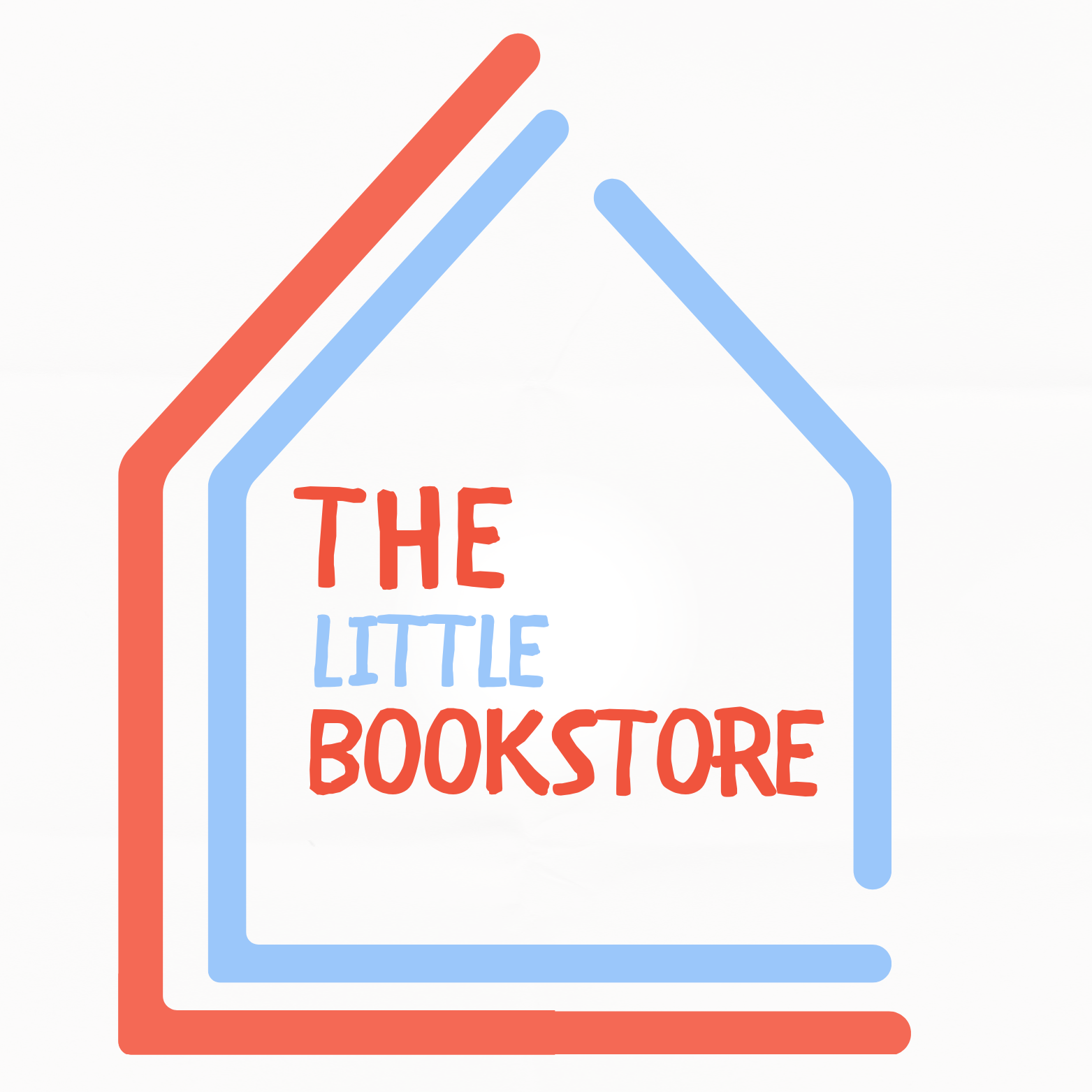Actividades y juegos
(This page includes our affiliate link to Llamitas Spanish, a high-quality Spanish Language Curricula for families and young learners at home, and our affiliate link to Tiny Land, teepees and wooden toys to enhance the reading experience and engage in imaginative play.)
Before Reading Time: (Pre-Reading)
- Explore the theme of the book/story with a song or rhyme.
- Explore the book only through its pictures without reading the words.
- Make prediction with pictures, words or sentences. (Guessing Game)
- Read the title of the book and study the character(s) on the front cover. Talk about what we know and wonder about the topic or character(s).
- Create our reading log or library card (or include the new title in our log).
- Plan and set up our family reading corner.
After Reading Time (Post-Reading)
- Scavenger Hunt – find words or objects from the book/story around the house or outside (during a walk or drive around the neighborhood/town). Another version of this could be the game “I Spy” (we’ll “spy” words and objects from the book/story we read).
- Retell the story to practice sequencing. Cut pieces of paper, cardboard or construction paper and string or use a simple graphic organizer on paper ( a few circles or squares connected together).
- Come up with an alternative ending for the book/story with pictures, words or sentences.
- Create our own mini book based on the story we just read (our own version of the story or a story in the same world as the one we just read).
- Use a themed curriculum for structured language learning beyond the book.
Antes del tiempo de lectura: (Pre-lectura)
- Explorar el tema del libro/cuento con una canción o rima.
- Explorar el libro solo a través de sus imagenes sin leer las palabras.
- Hacer predicciones con dibujos, palabras u oraciones. (Adivinar)
- Leer el título del libro y estudiar los personajes que aparezcan en la portada. Hablar sobre lo que sabemos y nos preguntamos sobre el tema y los personajes.
- Crear nuestro registro de lectura o tarjeta de la biblioteca (o incluir el nuevo título en nuestro registro).
- Planificar y montar nuestro rincón de lectura familiar.
Después del tiempo de lectura: (Pos-lectura)
- Búsqueda de tesoros – encontrar palabras y objetos del libro/cuento por la casa o afuera (caminando por nuestro vecindario o durante un paseo en carro por la ciudad). Otra versión de esto puede ser el juego “Veo, Veo” (“veo, veo” palabras y objetos del libro/cuento que leímos).
- Volver a contar el cuento para practicar la secuencia de eventos. Cortar pedazos de papel, cartón o papel de construcción y una hilo o pavilo, o usar un organizador gráfico en papel (unos círculos o cuadrados conectados).
- Pensar en un final alternativo para el libro/cuento por medio de dibujos, palabras u oraciones.
- Crear nuestro propio mini libro basado en el cuento que acabamos de leer (nuestra propia versión o un cuento en el mismo mundo que el de la história que acabamos de leer).
- Usar un currículum temático para facilitar aprendizaje del lenguaje de forma estructurada, más allá del libro.

